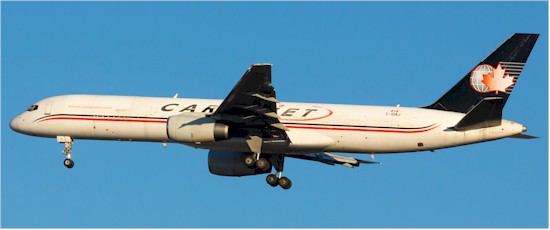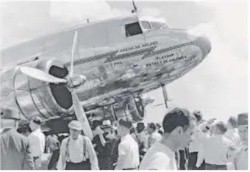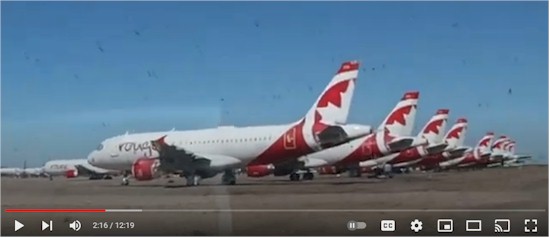|
|
 |
|
C-GIAJ at Cincinnati - January 7, 2023
Photo courtesy of Donald Moore
|
 for the latest posts at the Air Canada Media Centre. for the latest posts at the Air Canada Media Centre. |
 Click the logo to open the Air Canada YouTube channel. Click the logo to open the Air Canada YouTube channel. |
 Terry Baker, co-founder of the NetLetter scours the internet for aviation related Trivia and Travel Tips for you, our readers, to peruse. Terry Baker, co-founder of the NetLetter scours the internet for aviation related Trivia and Travel Tips for you, our readers, to peruse. |
|
Continuing the tale of the tails –
|
|
Answers to the tails in NetLetter #1537.
|
 |
|
Alan Evans, a subscriber living in South Africa, sends us this information -
A report by Philip King.
 Toronto boasted several aerodromes in the early days of flight, in the 1920's and 1930's. But local officials realized that a bigger space was needed. Toronto boasted several aerodromes in the early days of flight, in the 1920's and 1930's. But local officials realized that a bigger space was needed.In 1937, the Toronto Harbour Commission bought 13 farms, totalling 571 hectares, northwest of Toronto in Peel County, and named the new facility after the 120-year-old pioneering community there, Malton.
In the photo, from Globe and Mail photographer John Boyd, crowds gather as the first plane officially lands at Malton Airport. It was a DC-3, the pride of the American Airlines fleet, on August 29, 1938.
It was a special goodwill flight, with American and Canadian passengers (including a Globe reporter), to Toronto from Chicago. The first scheduled passenger flight to the airport was a Trans-Canada Air Lines DC-3, which landed exactly a year later.
Malton Airport was sold by the City of Toronto to the federal government in 1958 and subsequently renamed Toronto International Airport. It was renamed Lester B. Pearson International Airport in 1984.
|



